-
Martell Blue Swift
Regular price CHF 49.00Regular priceUnit price per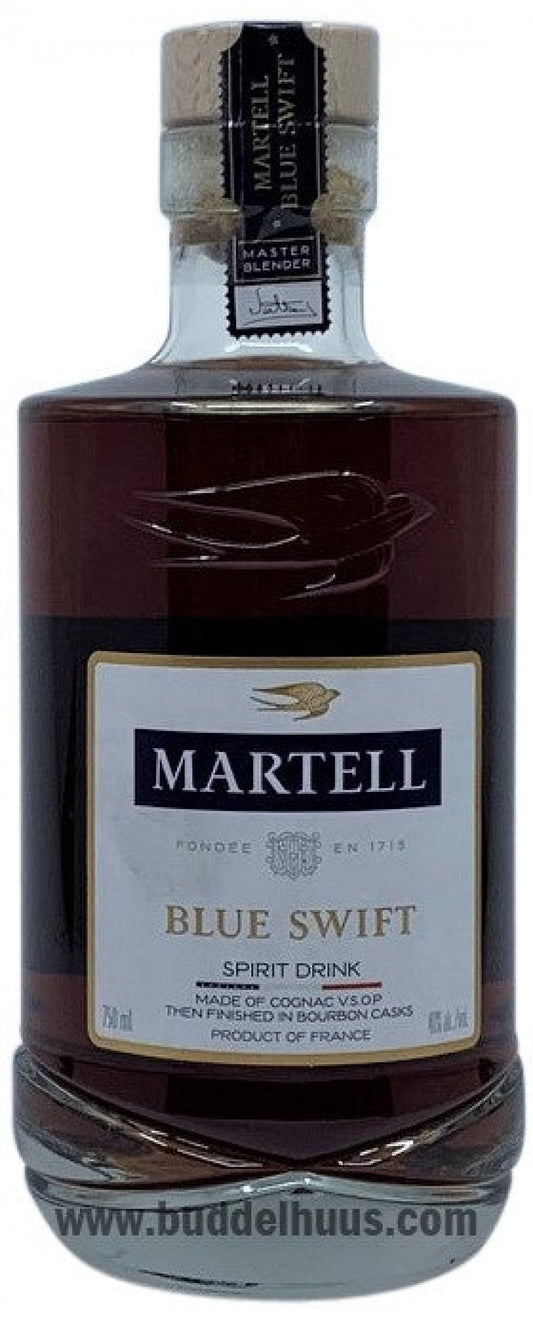
-
Hennessy Cognac by Kenzo
Regular price CHF 149.00Regular priceUnit price per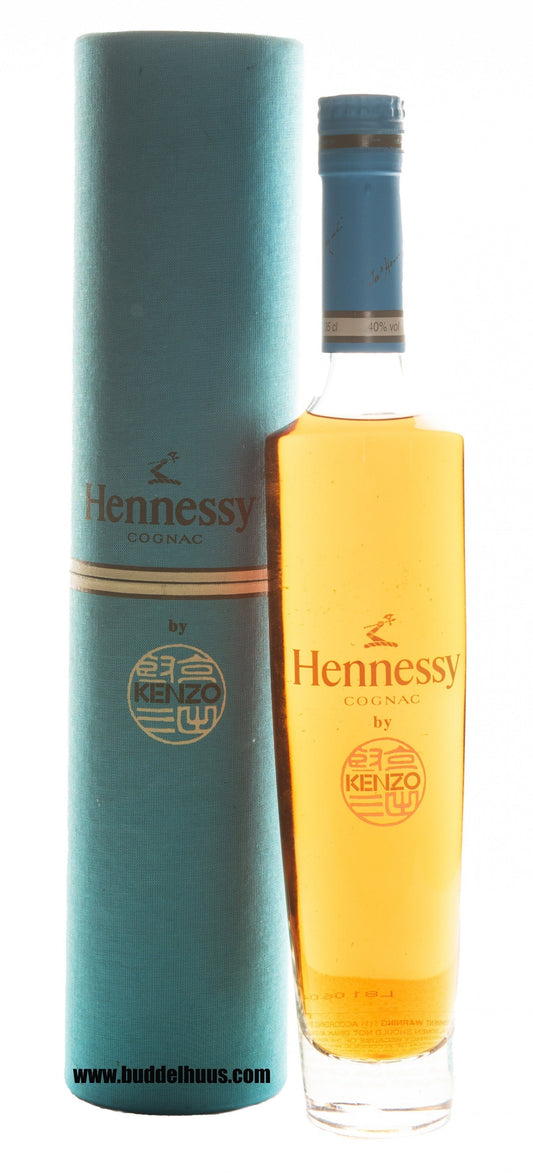
-
Martell Three Star Cognac 1980s
Regular price CHF 300.00Regular priceUnit price per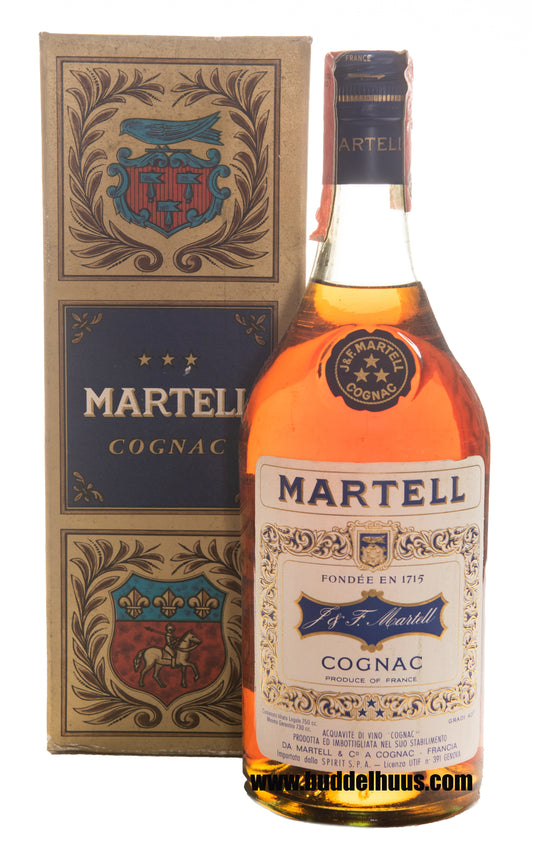
-
Hennessy Bras Arme Cognac Wax & Vitale Import (1970s)
Regular price CHF 500.00Regular priceUnit price per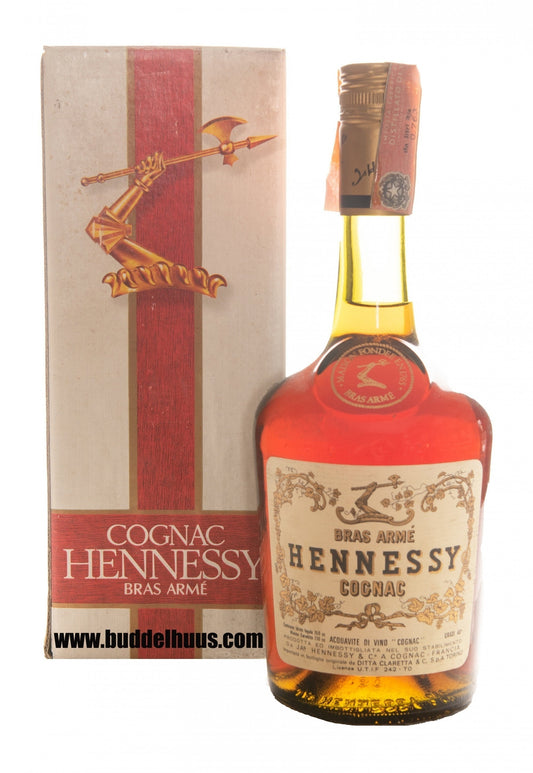
-
Hennessy Very Special Cognac Limited Edition Faith XLVII
Regular price CHF 250.00Regular priceUnit price per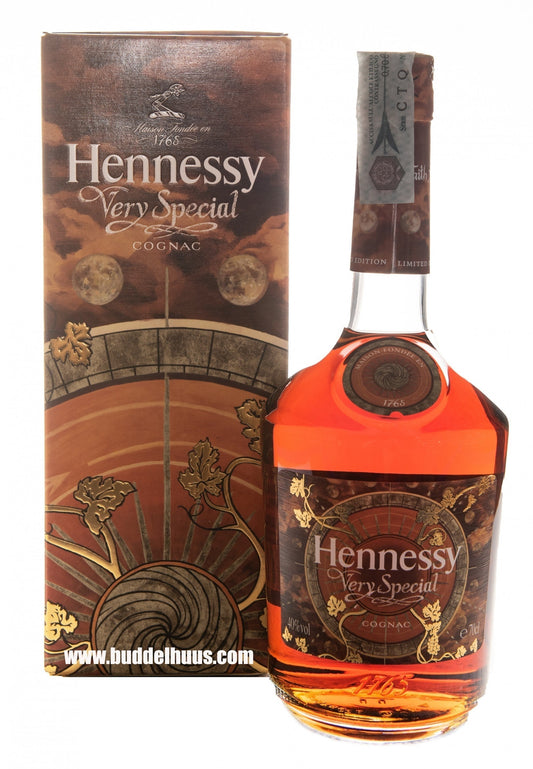
French brandy, naturally from Cognac, can only be sold as Cognac if it originates from here.
Medieval Export
The French town of Cognac in the Charente department has been known for its salt warehouses since the 11th century. The Charente River allowed for penetration far into the interior, fostering a lively trade and export business in the medieval period. Coastal ships of busy Dutch sailors, loading salt, soon began carrying wines produced in the vineyards, which gained popularity in northern countries. Thus, the city of Cognac benefited not only from the salt trade but increasingly from the wine trade.
The wines of the region, however, had a disadvantage for the time—they tended to be slightly acidic and low in alcohol due to the not particularly hot summers on the chalky and chalk-containing soils of the Charente. Because of their low alcohol content, they were poorly preserved and suffered during long sea transports.
The Dutch at that time, had already mastered the art of distillation. In the 16th century, Dutch merchants decided to distill the wine in their distilleries to make it durable. The "burnt wine" was a great success and was eagerly and widely consumed when diluted with water. The medieval entrepreneurs went even further: to reduce transport volume, the first Dutch distilleries were installed in the production area. The contractual agreement stipulated that the stills had to be made with copper from Amsterdam.
The Legend of the Birth of Cognac Brandy
According to tradition, the devout knight Seigneur de Segonzac dreamt that the devil wanted to take possession of his soul. He saw himself sitting in Satan's cauldron, but thanks to his deep faith, the knight survived the first distillation. So, the devil had to heat the cauldron a second time. Because of this dream, the pious knight got the idea to distill the brandy a second time to capture the essence of the brew. According to legend, this was the birth of Cognac brandy, defined in part by its double distillation. Whether it actually happened this way or if Seigneur de Segonzac had just imbibed a bit too much brandy is debatable.
What is certain is that in the early 17th century, the French began to modify the stills set up by the Dutch and refine the distillation technique. Double distillation resulted in a product with a significantly higher alcohol content, making it more durable and better suited for shipping. Tasting an accidentally aged brandy from the neighboring Limousin region also revealed a noticeable improvement in aroma. This led to the decision to age the brandy for quality enhancement. The first trading house, "Maison Augier," was established in 1643.
The Art of Cognac Distillation
Only grape brandies made from white wines from the departments of Charente and Charente-Maritime may be designated as Cognac (protected designation of origin). The brandies must have a minimum alcohol content of 40% by volume and age for at least 30 months in Limousin oak barrels. In the onion-shaped stills, two or sometimes three complete distillation processes take place.
Two consecutive distillation processes in the "Charentaise still" are prescribed for the production of Cognac. This type of distillation produces flavor-rich brandies. In contrast, more neutral brandies, such as vodka, come from stills with distillation columns. The quality of the brandies is significantly influenced by the type and duration of heating, as well as the shape of the distillation devices. The still, helmet, swan neck, and cooling coil must be made of copper. This metal has physical and chemical properties essential for obtaining high-quality Cognacs. The still is heated over an open fire to create a special, characteristic interplay of aromas at the moment of contact between wine and the bottom of the still. The first distillation produces the so-called "Raubrand" (robbery brandy). The still's capacity must not exceed 140 hectoliters, and the still may be filled with a maximum of 120 hectoliters.
In the second distillation, the "Feinbrand" (fine brandy) is produced. The total capacity of the still is limited to a maximum of 30 hectoliters, with a fill quantity of 25 hectoliters per distillation run. The volume tolerance is five percent. The finished fine brandy has a maximum allowable alcohol content of 72.4% by volume, measured at a temperature of 20°C in the container where the brandy is collected. Distillation must be completed by March 31 of the following year after the harvest.
Of Angels, Paradises, and Black Yeast Fungi
The Maturation Process Cognac matures exclusively in oak barrels. Traditionally, two types of oak are used: the fine-grained white oak and the coarse-pored oak. While the coarse-pored oak has a higher tannin content, the fine-grained oak is characterized by chemical compounds with wood, coconut, and other flavors. During aging, the main components of alcohol and water, as well as other volatile compounds, evaporate. In terms of volume, 22 million bottles of Cognac literally disappear into thin air each year due to the evaporation process. Producers accept this significant loss to create brandies of the highest quality—the evaporative share is referred to as the "angels' share." Not only the angels benefit from evaporation, but Torula compniacensis also thrives on it: the yeast fungus feeds on alcohol vapors, giving the cellars, roofs, and walls of the region a black patina reminiscent of the coal regions in the Ruhr area of the 1950s.
The oldest brandies age in dark rooms, referred to as "Paradise." After decades of aging, the Cognac reaches the peak of its flavor. It is believed that the pinnacle is reached after 50 to 60 years. Now it's the turn of the Maitre de Chai, the cellar master. To prevent the quality of the brandies from tipping due to over-aging, he interrupts the aging process. The brandies are bottled in large wicker bottles, called "Dames-Jeannes." Thanks to the air seal, the brandies can continue to age for decades without further aging. Some high-priced Cognacs contain small amounts of fine brandy that has matured for up to 100 years in oak barrels. Such exquisite compositions are characterized by very special flavor nuances.
The Classification Vocabulary
Cognac is an "Assemblage" (blend) made from various brandies of different vintages and locations, although blending is not mandatory.
The age indication refers to the maturation period in oak barrels and the youngest added component.
V.S. or *** (three stars) designates a Cognac whose youngest component is at least two years old, calculated from April 1 of the year following the harvest.
V.S.O.P./Vieux/V.O./Réserve indicates that the youngest distillate has matured for at least four years. V.S.O.P. stands for Very Superior Old Pale.
Napoléon, XO, Extra, Hors d'âge, Royal, Très Vieux, and Vieille Réserve are Cognacs with a minimum age of ten years for the youngest component.





